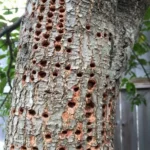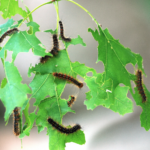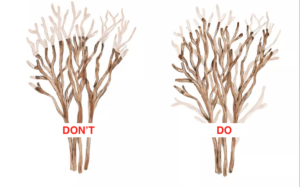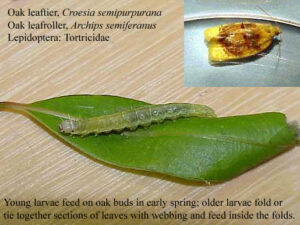Red Spider Mite: Unveiling the Tiny Pest that Causes Big Trouble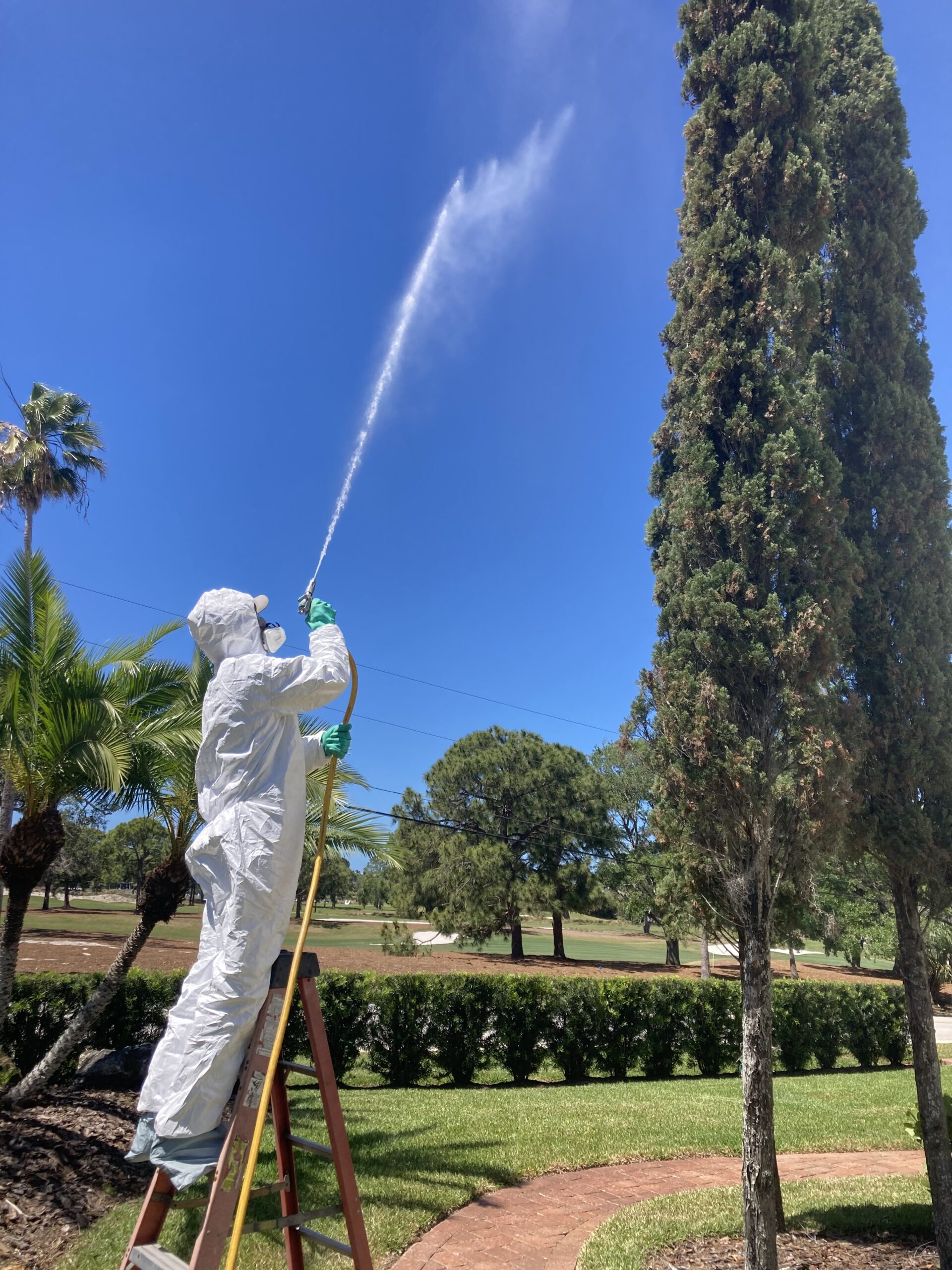
The Red Spider Mite, also known as the Two-Spotted Spider Mite or Tetranychus urticae, is a minuscule pest that can wreak havoc on a wide range of plants. Despite its small size, this pest has the potential to cause significant damage to your garden or indoor plants. In this article, we will delve into the world of Red Spider Mites, their behavior, signs of infestation, and effective ways to manage these troublesome creatures.
Identification:
Red Spider Mites are tiny arachnids, measuring about 0.5 millimeters in length. They vary in color, ranging from yellowish-green to reddish-brown, and have two dark spots on their backs. These mites are difficult to see with the naked eye, so it’s essential to look for other signs of their presence.
Habitat and Behavior:
Red Spider Mites thrive in warm and dry conditions, making them a common problem in greenhouses, indoor plants, and outdoor gardens during the summer months. These mites have a rapid lifecycle, with each female capable of producing hundreds of eggs over a short period. They feed by piercing plant cells and sucking out their contents, leading to discoloration, stunted growth, and weakened plants.
Signs of Infestation:
Identifying a Red Spider Mite infestation requires close observation. Look for the following indications:
- Fine Webbing: Red Spider Mites spin fine silk webbing on the undersides of leaves and between stems. These delicate webs may appear as a light covering or fine threads.
- Discoloration: Infested plants often exhibit a speckled or stippled appearance on their leaves, with yellowing or bronzing patches. This damage occurs due to the mites’ feeding activities, which disrupt chlorophyll production.
- Leaf Damage: As the infestation progresses, leaves may become distorted, curled, or show signs of necrosis. Severe infestations can lead to defoliation and plant decline.
- Visible Mites: With a magnifying glass, you may be able to spot the tiny red or green mites moving on the underside of leaves.
Management and Control:
Controlling Red Spider Mite infestations involves a combination of preventive measures and active management techniques. Here are some effective methods:
- Regular Inspection: Regularly inspect your plants, paying close attention to the undersides of leaves, where mites tend to congregate. Early detection allows for timely intervention.
- Water and Humidity: Red Spider Mites thrive in dry conditions. Increase humidity around plants by misting them regularly or placing a tray filled with water nearby. This creates an unfavorable environment for mites.
- Spraying with Water: Using a strong jet of water, spray the infested plants to dislodge and remove mites. Repeat this process frequently to control their population.
- Biological Controls: Introduce natural enemies of Red Spider Mites, such as predatory mites or lacewings, to help keep their numbers in check. Consult with local garden centers or specialists for appropriate biological control options.
- Insecticidal Soap or Oil: If infestation persists, consider using insecticidal soap or horticultural oil, following the instructions carefully. These products help suffocate and kill the mites without causing harm to the plants.
- Pruning and Disposal: Trim and remove heavily infested plant parts, ensuring proper disposal to prevent the spread of mites to healthy plants.
Although tiny, Red Spider Mites can cause significant damage to your plants if left unchecked. By remaining vigilant, promptly detecting signs of infestation, and employing effective management techniques, you can protect your plants from the detrimental effects of these pests. Remember, a healthy and well-maintained garden creates an inhospitable environment for Red Spider Mites and fosters the thriving growth of your cherished plants.

